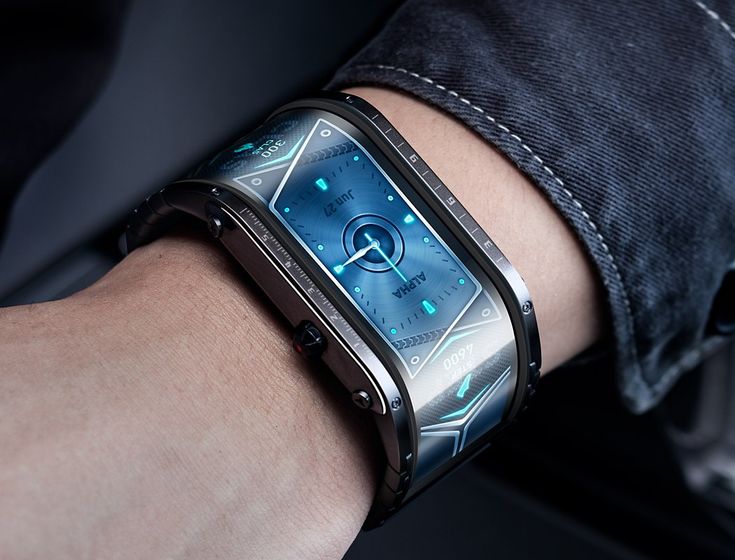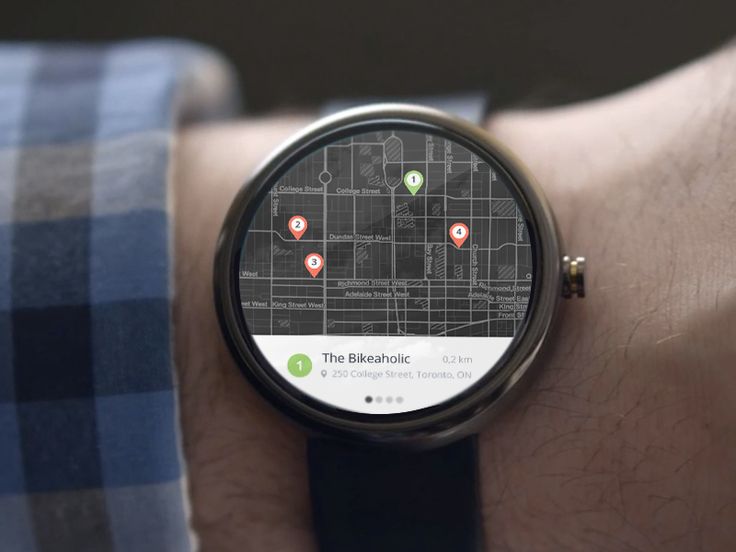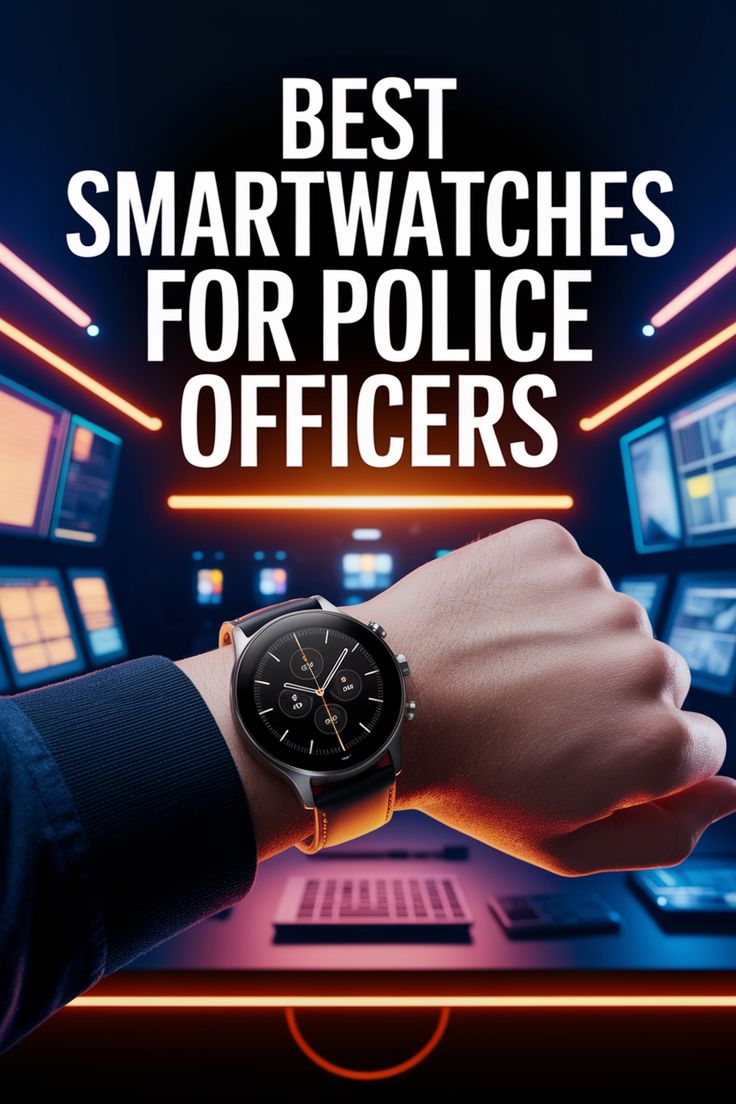The "Silent Witness" on the Wrist: How Smart Watches Become New Clues to Solve Crimes
In most people's cognition, a smart watch is just a gadget that is convenient for watching time, monitoring steps and receiving notifications. We wear it for running, sleeping and even taking a bath. It faithfully records our every heartbeat, every wrist lift and every GPS track. However, have you ever thought that this small technological product on your wrist may become a "silent witness" at some moment, and the massive data recorded by it will provide crucial clues for the police?

Today, I want to talk about a very small but potential field: using smart wearable device data to assist criminal investigation. It sounds a bit like a science fiction film, but it has really happened around us. These devices not only record health data, but also capture much more information than we thought.
The Secret of Heart Rate: From Physiological Fluctuation to Psychological Clues
Our heart rate is usually considered as an index to measure the intensity of exercise. But in some special cases, it may also become an "electrocardiogram" that reveals the truth. In some violent crimes, the heart rate data recorded by smart watches can provide a unique perspective.
For example, suppose a victim was attacked at some point in time. If she was wearing a smart watch, the heart rate soaring data recorded by the device can accurately lock the time of the incident and even reflect her physiological reaction under extreme fear. In another case, if the suspect claimed that he was in a calm state at the time of the crime, but the heart rate recorded by his smart watch showed unusually sharp fluctuations, this contradiction in data may become a breakthrough for the police to investigate in depth. Although these data can't directly prove guilt, they can provide an objective and irrefutable timeline and physiological evidence for the police to help build a complete chain of events.

Footprints of Steps: A Digital Map More Accurate than Footprints
Every step we take every day is accurately recorded by smart watches and drawn into digital footprint maps. These data are not only the number of steps, but also the geographical position, moving speed and even the climbing height of each step.
In some cases of burglary or disappearance, the police can apply to the court for the data of the suspect's smart watch. By analyzing these data, the police can restore the suspect's trajectory before and after the crime, such as whether they have appeared near the crime scene or whether there is an abnormal movement pattern at a specific time. For example, a suspect claims that he was at home all night, but his smart watch data shows that he has several round-trip records from home to the crime scene and then back home in the early morning, which will undoubtedly greatly increase his suspicion. This data-based tracking is more private and accurate than traditional street monitoring, because it comes directly from the user's body.

Of course, the application of such data has also triggered a huge privacy dispute. How to protect citizens' data privacy and legitimate rights and interests while using these "silent witnesses" is a challenge that all national law enforcement departments must face. However, it is undeniable that with the popularity of smart wearable devices, each of our digital behaviors may inadvertently become a key chapter in a future story.
(Writer:Wanny)





